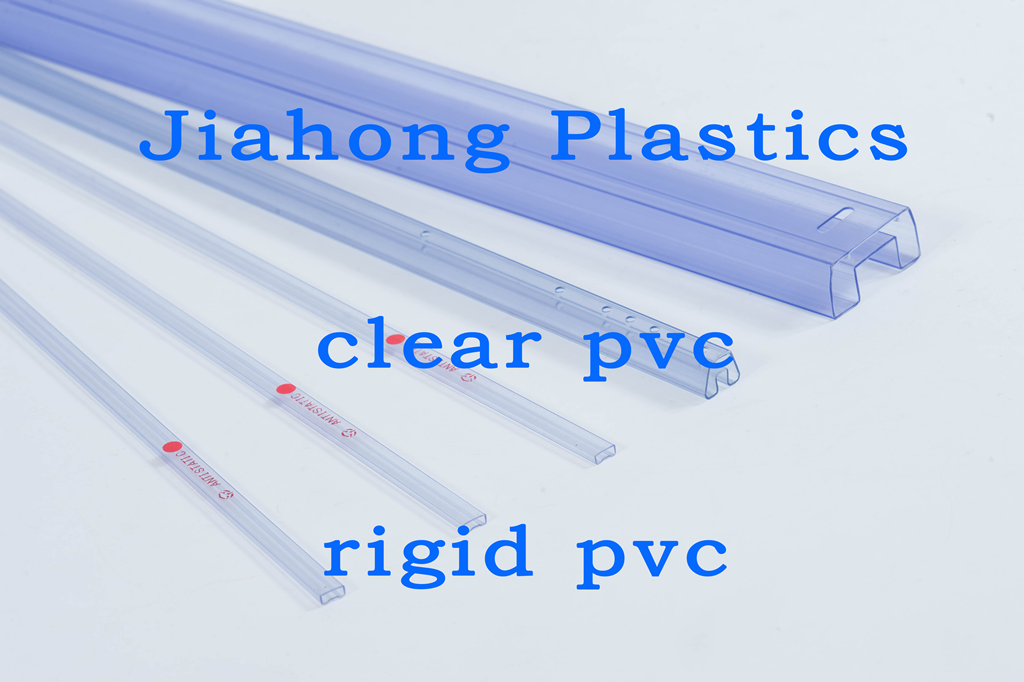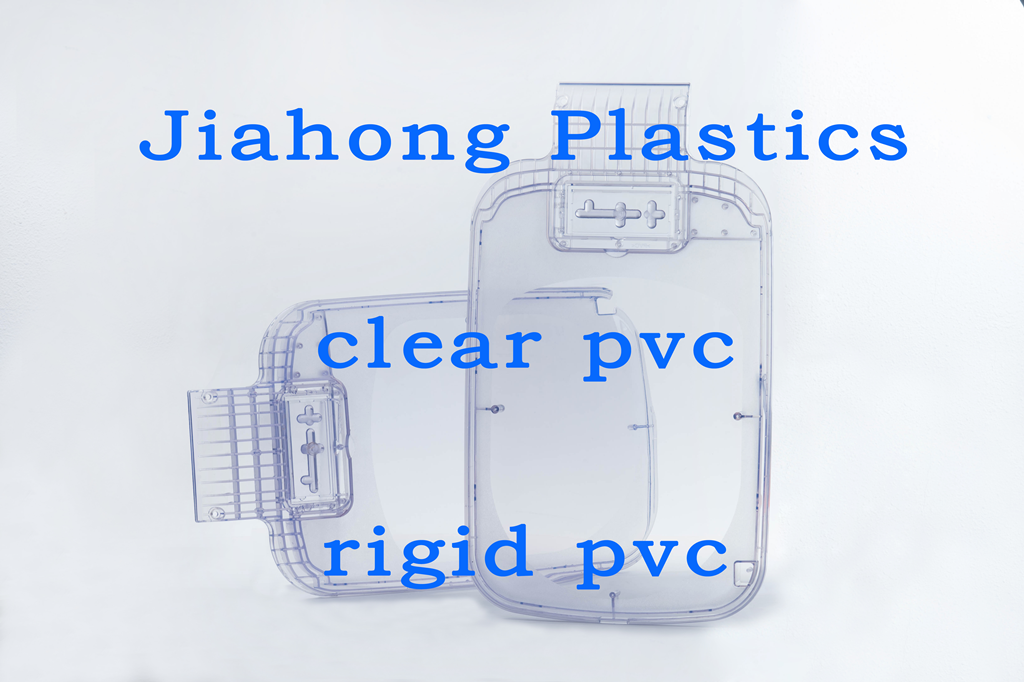Introduction of rigid transparent PVC granules, raw material
栏目:Industry News 发布时间:2021-06-03 15:19
1. PVC resin PVC resin is the main component of rigid transparent PVC particles. 2. Additives 1. Plasticizers: Plasticizer function: Improve the softness of plastics and enhance the plasticity of rigid tra...

1. PVC resin
PVC resin is the main component of rigid transparent PVC particles.
2. Additives
1. Plasticizers:
Plasticizer function: Improve the softness of plastics and enhance the plasticity of rigid transparent PVC particles.
1.1. DOP: 60℃ grade plasticizer.
1.2. DIDP: 80℃ grade plasticizer.
1.3. TOTM: 105℃ grade plasticizer, excellent oil resistance.
1.4, W-2050: migration resistance.
1.5. TIDTM: Adjust the plasticity of plastics.
1.6 DOA: cold-resistant plasticizer.
1.7. CL-S52: Adjust the plasticity of plastic.
1.8. DP-45: Adjust the plasticity of plastic.
2. Fillers:
Its function: reduce the cost of plastics and adjust the physical properties of plastics such as hardness and tensile strength.
2.1. CCR: Light calcium carbonate, used to adjust tensile strength.
2.2. CaCO3: heavy calcium carbonate, used to adjust hardness and tensile strength.
2.3, SP#33: Hard soil, good electrical insulation performance.
3. Stabilizers:
3.1. Function: Enhance the stability of rigid transparent PVC particles and reduce the degree of decomposition of internal components.
3.2. Type: AL-ST, Ba-ST, Ca-ST, Cd-ST, PB-ST, Zn-ST, Cd-Ba-Zn, D.B.L,
EPOXY, M-Tin, T.S, ML-516K, MP-586F (non-toxic).
4. Flame retardants:
4.1. Function: Improve the flame retardant properties of rigid transparent PVC particles.
4.2. Type: Sb2O3, AL(OH)3
3. PVC plastic production equipment
1. General plastic machine
1.1. Main components:
a. Mixing pot, cooling and stirring pot, extruder, cooling water tank, air dryer, pelletizer, and rubber pellet container.
b. The electrical control box of the mixing and cooling stirring pot, and the electrical control box of the extruder.
1.2. The role of each main component:
1.2.1. Mixing pot:
Through the rotating movement of the blades, the PVC resin and various additives are fully mixed, so that the powdery additives are evenly dispersed and the oil
The shape additives are fully absorbed.
1.2.2. Cooling and stirring pot:
Through the rotating movement of the blades, the rubber powder is further stirred and mixed, and the temperature of the rubber powder after high-speed mixing is reduced to avoid
The rubber material is burnt when it is pressed down.
1.2.3. Extrusion machine:
The rubber powder is plasticized, and the rubber powder is melted into plastic from powder or semi-gel, and extruded in the form of a rubber strip.
1.2.4. Cooling water tank:
Circulating cold water cools the rubber strip to solidify and shape it.
1.2.5 Air dryer:
Blow off the water on the adhesive strips.
1.2.6. Granulator:
Cut the rubber strips into rubber pellets that meet the required size.
1.2.7. Rubber particle holding container:
It contains hard transparent PVC particles, which is conducive to further measurement and sub-packaging.
2. Internal mixing plastic machine
2.1. Main components:
a. Mixing pot, cooling and mixing pot, weighing balance, internal mixing tank, feeder, extruder, pelletizer, air-cooled machine, vibrating screen,
Rubber particles holding container.
b. Electric control box for mixing and cooling mixing pot; electric control box for internal mixing tank, feeder, extruder, pelletizer, air cooler, and vibrating screen.
2.2. The role of each main component:
2.2.1. Mixing pot:
Through the rotating movement of the blade, the PVC resin and various additives are fully mixed, so that the powdery additives are evenly dispersed and the oily additives are fully absorbed.
2.2.2. Cooling and stirring pot:
Through the rotating movement of the blades, the rubber powder is further stirred and mixed, and the rubber powder is reduced after high-speed mixing.
Temperature to avoid scorching of the rubber during the next extrusion.
2.2.3. Measuring balance:
Weigh the weight of the hard-added rubber in the banbury tank each time.
2.2.3. Extrusion machine:
The rubber powder is plasticized, and the rubber powder is melted into plastic from powder or semi-gel, and extruded in the form of a rubber strip.
2.2.6. Granulator:
Cut the rubber strips into rubber pellets that meet the required size
2.2.5 Air-cooled machine:
Blow off the water on the adhesive strips.
2.2.8, vibrating screen, ﹕
The colloidal particles are further cooled and screened.
2.2.7. Rubber particle holding container:
It contains hard transparent PVC particles, which is conducive to further measurement and sub-packaging.




